Two industry standards for transferring PCM (Pulse Code Modulation) and bitstream are the audio transmission methods from the player, transmitter, to the receiver, or speaker. Knowing which of the above two is superior is crucial since utilizing your sound system to its full potential requires the proper audio configuration.So how do you choose pcm vs bitstream?
The only difference between bitstream and PCM in terms of audio quality is how your system decodes compressed files. When deciding between PCM VS Bitstream, interoperability with equipment as well as supported frequencies are more important to take into account than sound and transmission.
Overview of PCM VS Bitstream
Let's go down the fundamentals of PCM VS Bitstream for you if you're still unclear. Your home theater system's speakers or receivers can receive audio from audio players and transmitters thanks to these two features. The biggest variations between them are in the way the audio is compressed, yet they can both yield the same sound quality.
You must confirm the compatibility with the permitted frequencies of your devices. This will indicate whether PCM VS Bitstream should be used. PCM may be a better choice for some connections than Bitstream. The majority of AVRs, nevertheless, do better at decoding in Bitstream.
Your chosen media device or receiver will determine everything. Decoding is only one aspect of this topic, therefore let's look more closely at it.
PCM VS Bitstream: what is PCM (Pulse Code Modulation)?
PCM is a long-standing algorithm for encoding analog waves used by transmitters and media devices. It processes both compressed and raw audio without distinction and transmits the information to receivers or speakers, making it a widely adopted audio transmission method.
PCM, or Pulse Code Modulation, is used by media players to decode files before transmitting them to the recipient. It utilizes quantization degrees determined by amplitude. Additionally, LPCM (Linear Pulse Code Modulating) with more linearly distributed quantification levels can be an alternative. PCM has been an industry standard for over a century, making it highly compatible with modern media devices for seamless audio conversion between physical and digital formats.
Blu-ray players set up for PCM streaming can decode regular Dolby TrueHD, Dolby, DTS, and DTS HD Master Audio files, sending them directly to the home theater system's receiver after decoding and uncompressed.
Your AVR will simply need to receive the recordings and transmit them through the speakers. For CD players, we use this connection the most frequently. Therefore, it only makes sense that almost all AVRs are PCM-compatible. It's the most popular method because it works with both analog and digital audio.
PCM VS Bitstream: What is Bitstream?
Bitstream is a component of a byte sequence and it is an algorithm. I apologize for being so technical right away. Experts occasionally explain the 1s and 0s involved in the procedure of converting audio to digital files.
In essence, this is Bitstream binary. And even though the method is rather outdated, PCM along with other Hi-Res broadcasts still relies heavily on it.
PCM VS Bitstream , Bitstream offers fewer possibilities. The sound outputs, though, are actually not all very distinct from Bitstream. Compression audio recordings will be transmitted to the recipient if you use a Bitstream-compatible media device. The data must then be decoded by your AVR before being sent as an unprocessed file to the audio output.
Setting up a surround-sound home theater system with Bitstream involves activating the receiver's AVR processor to search for surround sound features. The central processing unit decodes the audio according to the selected surround sound settings for multiple speakers.
Bitstream supports multiple surround sound audio codecs like DTS, Dolby HD Master Audio, Dolby Digital, Dolby Atmos, etc. With minimized audio file sizes, it allows both wired and wireless communications.
AVR receivers are a crucial part of your surround sound system. View the top AVR receivers that both IT experts and audiophiles strongly recommend.
PCM VS Bitstream: A Comparison
The PCM VS Bitstream argument is still difficult to understand in a side-by-side comparison. If you use the same recording format with the same speakers, they are both quite similar. Some individuals find it difficult to tell the difference between PCM VS Bitstream because of how similar the results will sound and appear. Therefore, look at these comparisons side-by-side to help you comprehend.
Compatibility
PCM VS Bitstream: The majority of media players, including DVD, CD, and Blue-ray players, are PCM compatible. The majority of contemporary media players, notably those that accept the vast majority of files in surround sound format, are also compatible with bitstream.
Audio Records
PCM VS Bitstream: Media players will transform audio signals from digital to analog using PCM techniques so that the transmitter may send them to the listener. The audio files used by Bitstream are bit-encoded and need to be matched with particular surround sound codecs in order to be digitally delivered.
Decoding
PCM VS Bitstream: Prior to the data being transmitted to the receiver, PCM audio files are decoded by media players. When employing Bitstream, the player sends the receiver compressed audio, which the receiver must then decode.
Connections
PCM VS Bitstream: PCM requires a physical connection for audio streams, while Bitstream allows both wireless and wired connections for audio stream delivery, making the connection type less significant as long as the content is compliant.
Sound Outputs
PCM VS Bitstream: Bitstream offers versatility for higher-quality audio without major loss, while PCM requires more bandwidth but supports Hi-Res supplementary audio channels effectively.
Secondary Audio
PCM VS Bitstream: Hi-Res supplementary audio channels can be supported extremely well using Secondary Audio PCM. Although there are fewer possibilities, bitstream secondary sound quality is acceptable.
Transmission
PCM VS Bitstream: PCM is compatible with receivers and media players that handle both analog and digital sound, whereas Bitstream is limited to digital broadcasts on compatible devices.
Optical/Coaxial
PCM VS Bitstream: PCM has limited compatibility for both optical and cable links. The best choice is Bitstream, which supports electronic and optical lines up to 5.1.
Conclusion
The similarities between PCM VS Bitstream can be seen by comparing the two. And even then, it's usually not much. However, Bitstream offers both wireless and wired options and is better for digital connectivity and transmission.

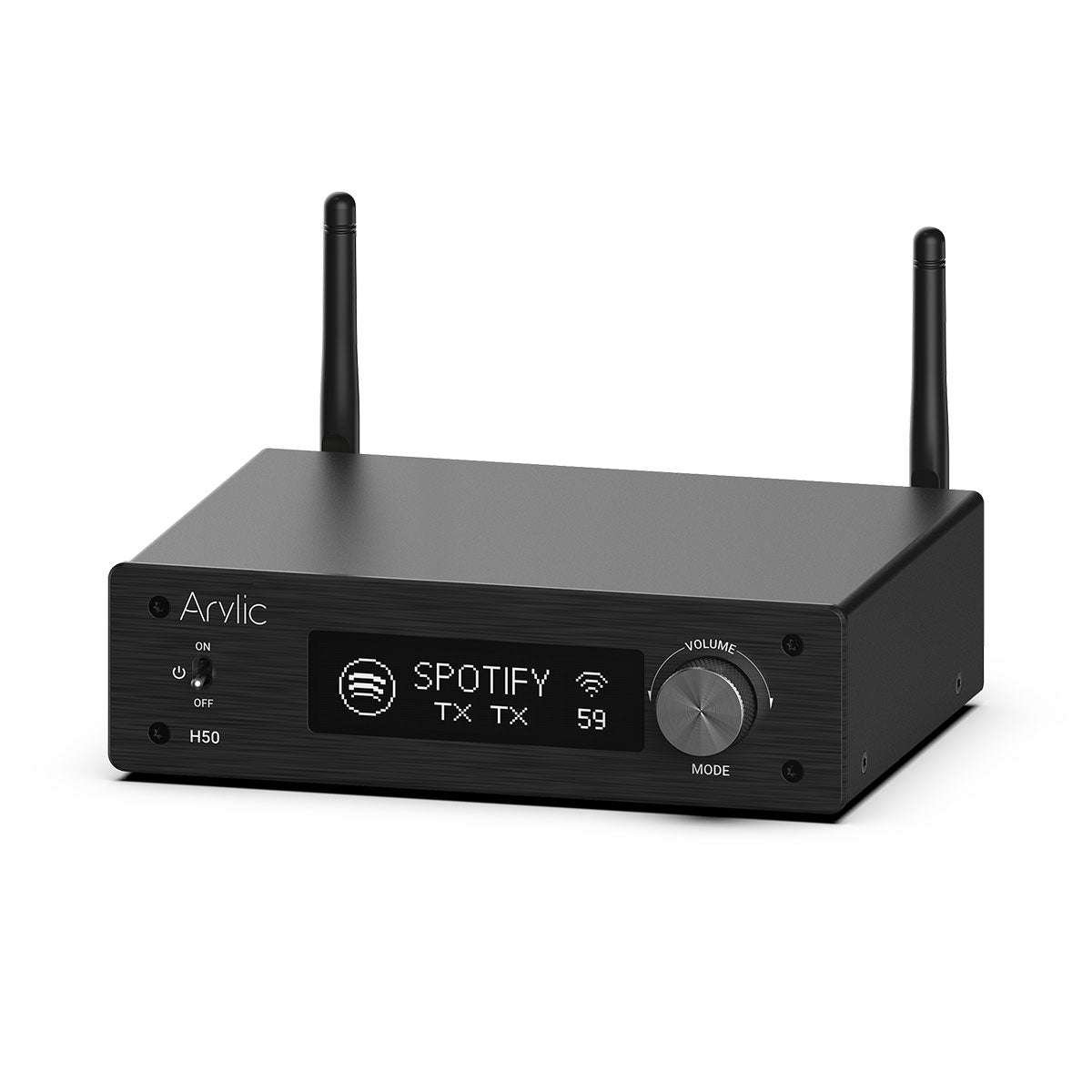
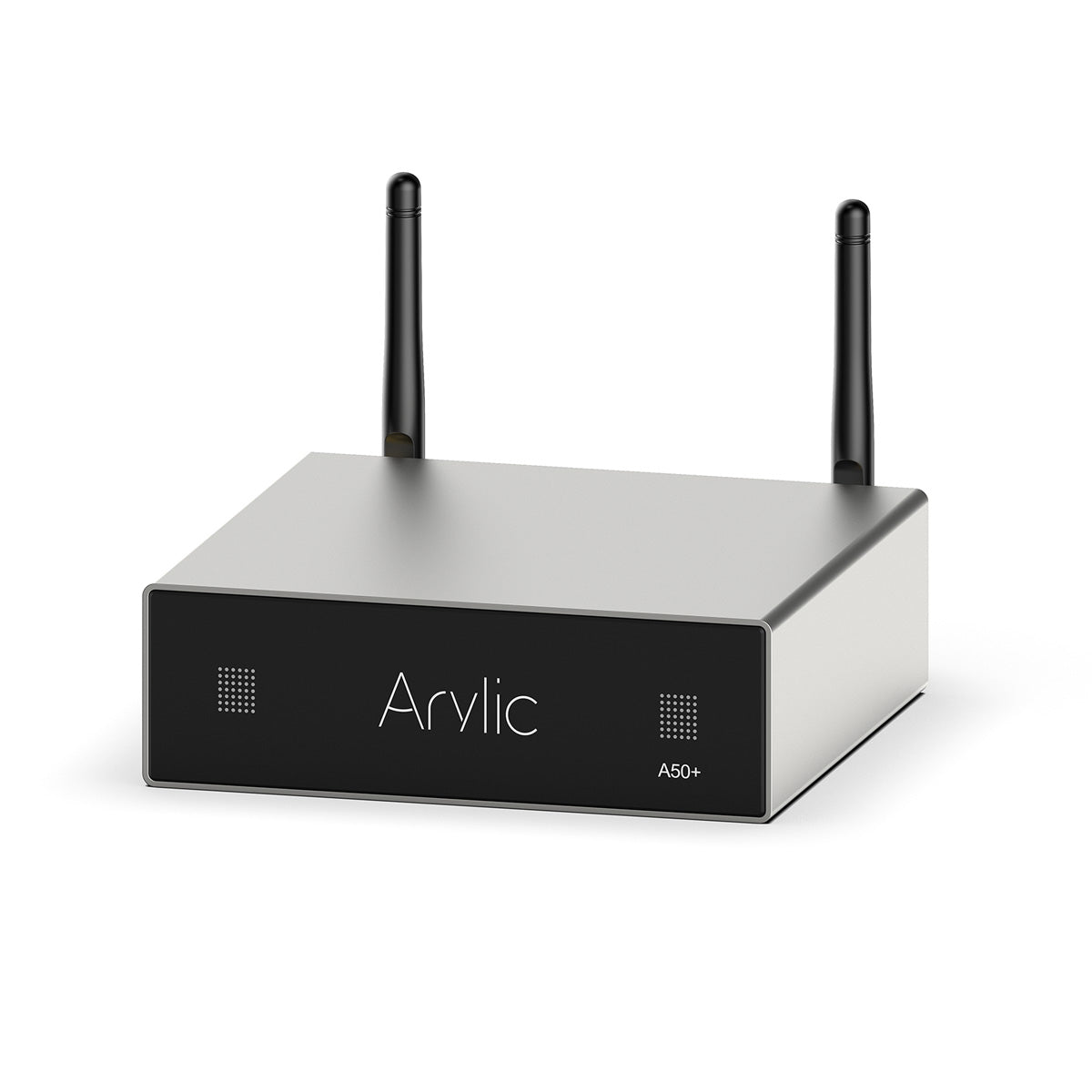
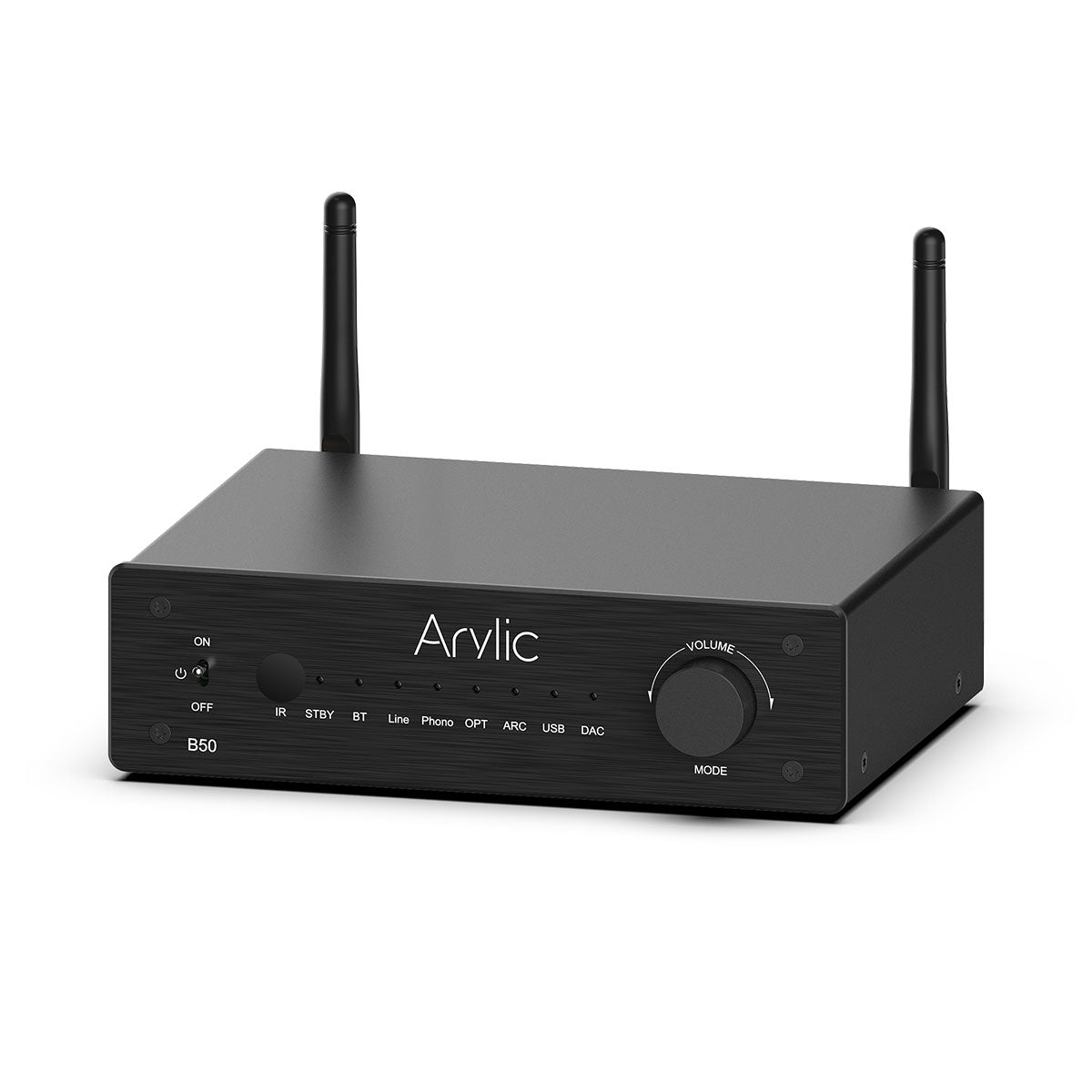
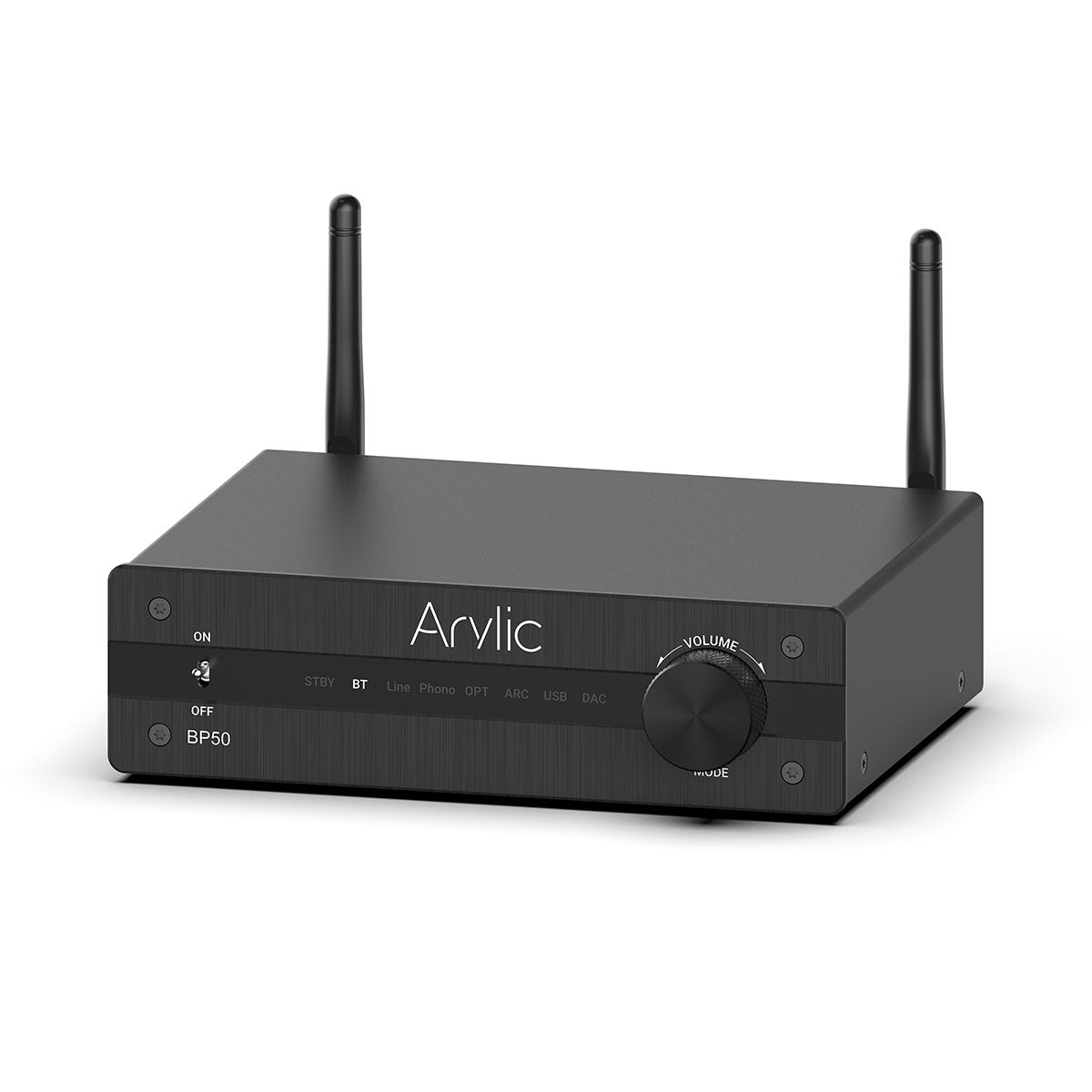
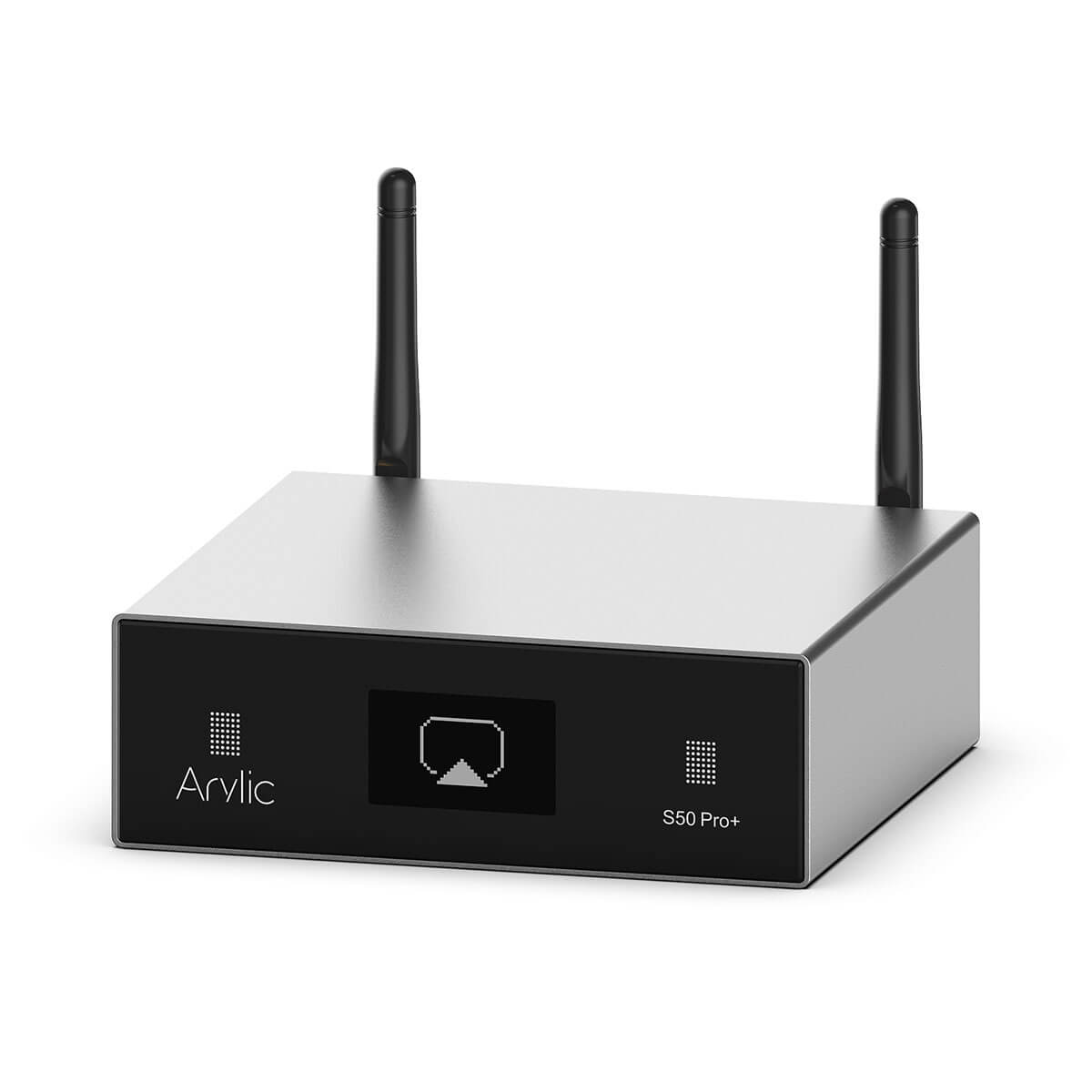
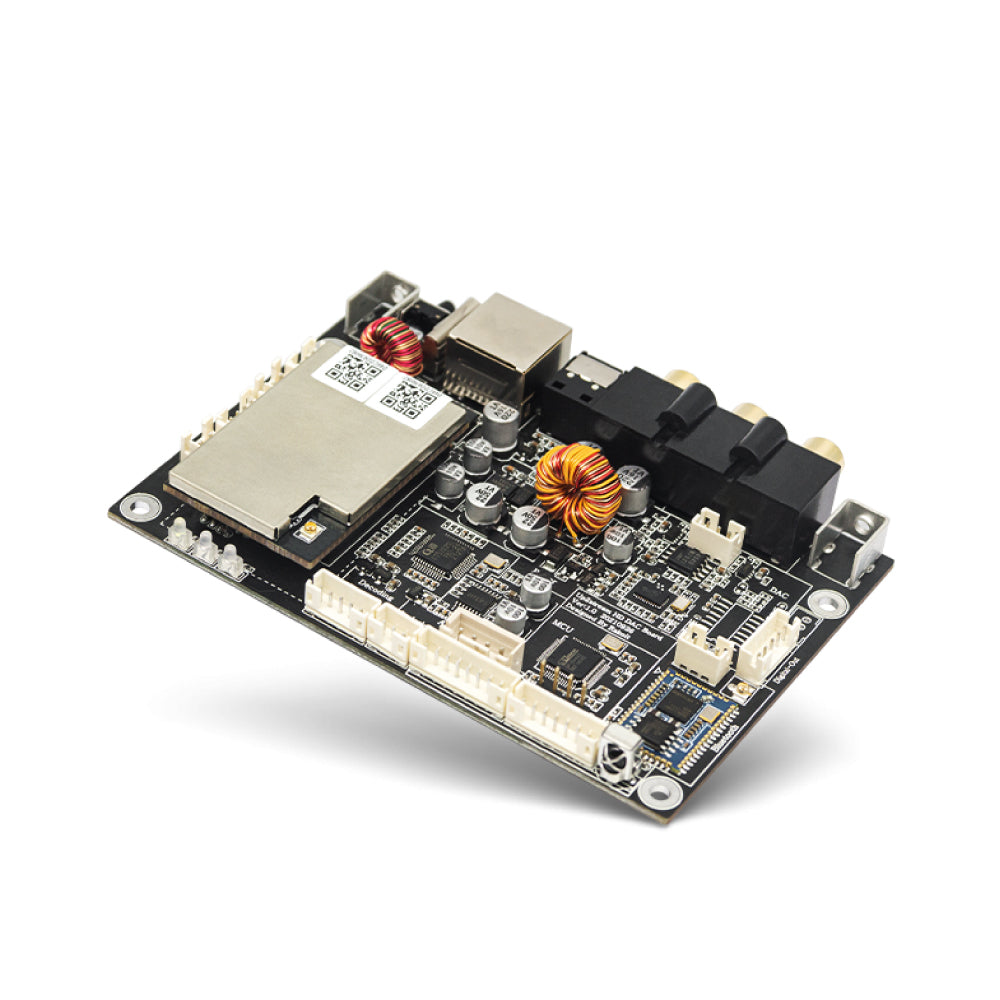
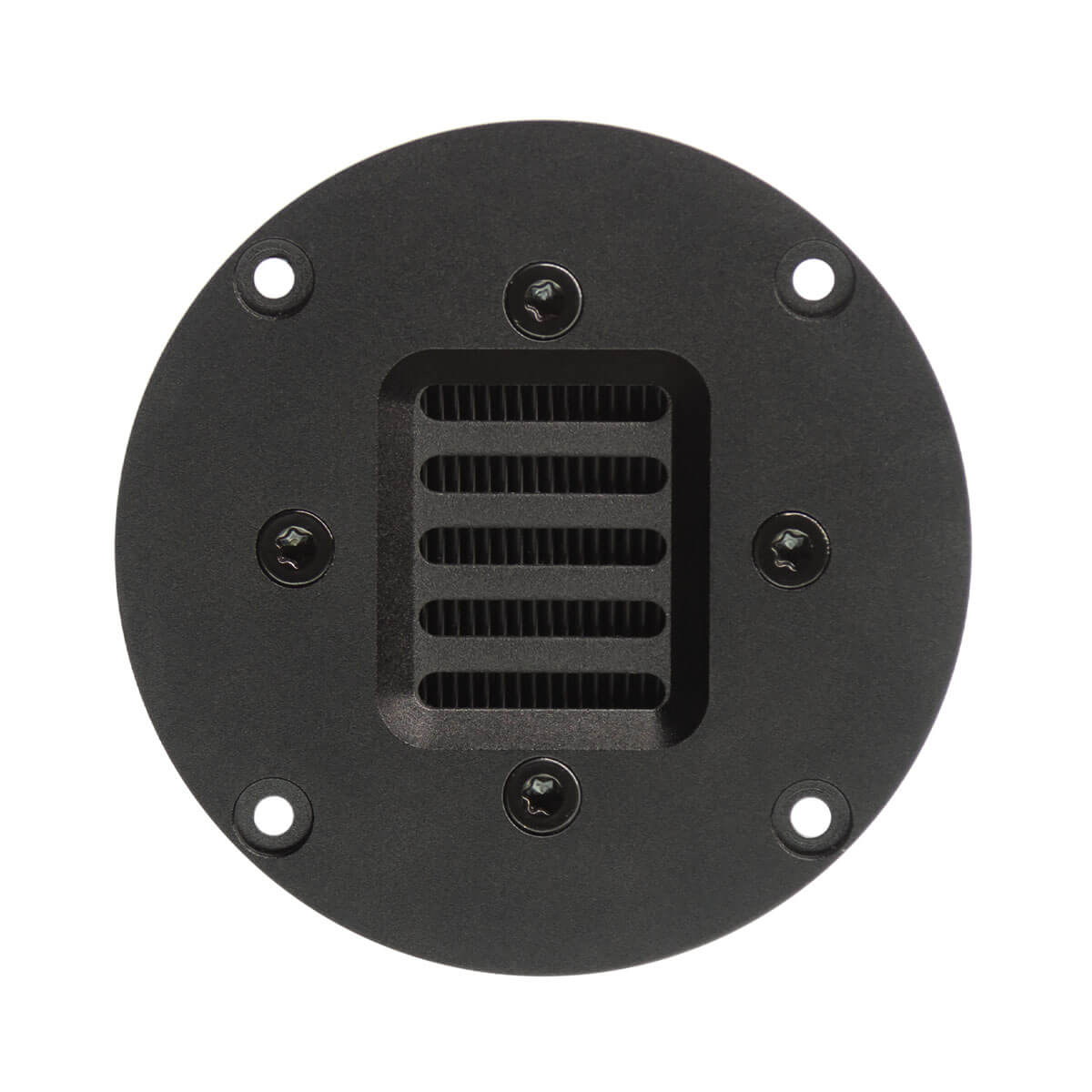

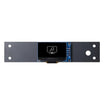
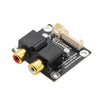
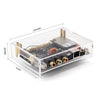
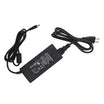
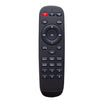


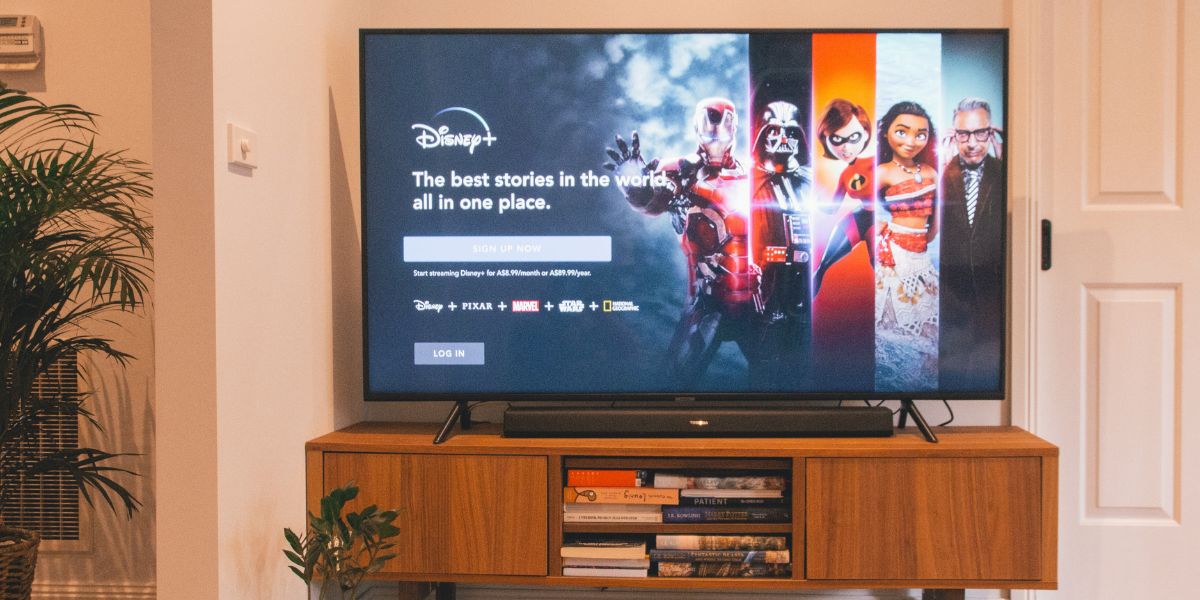


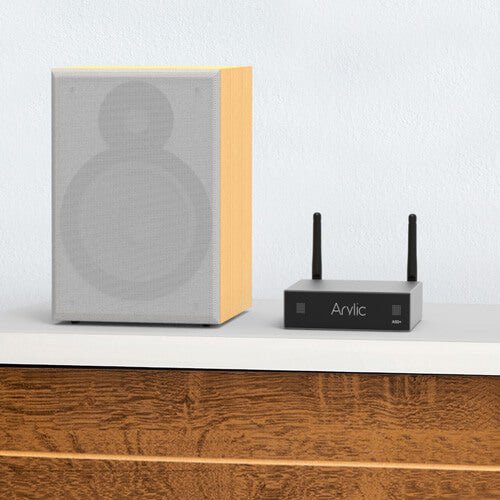
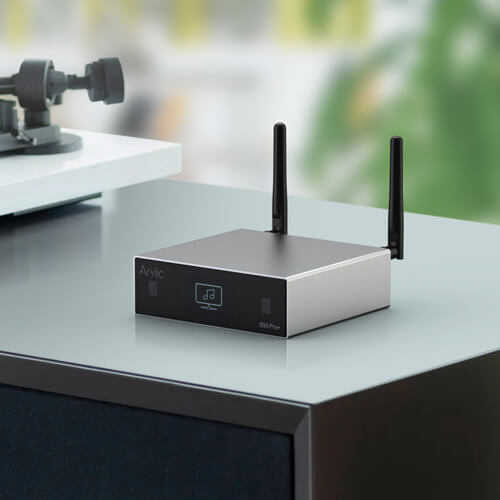
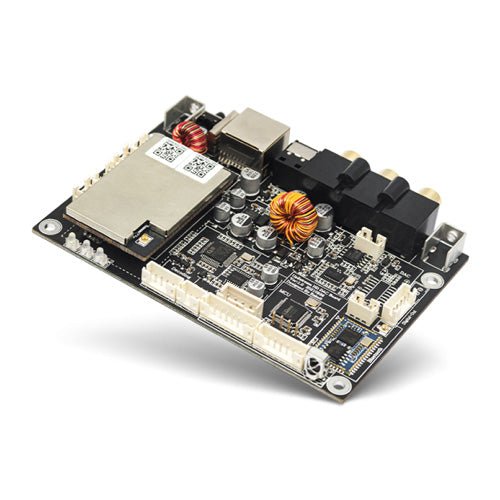

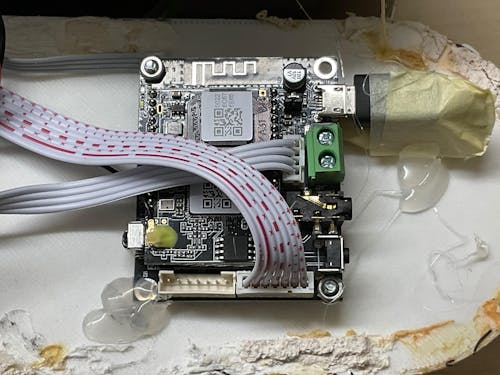

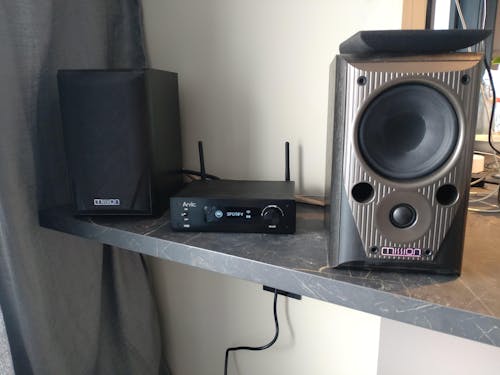
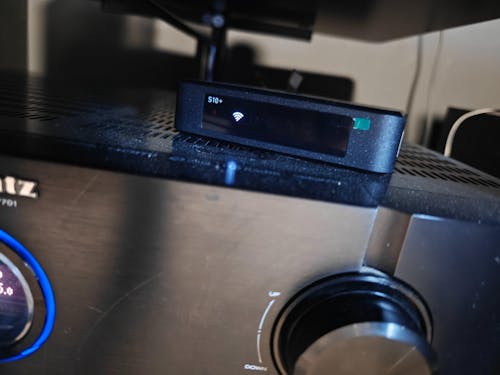
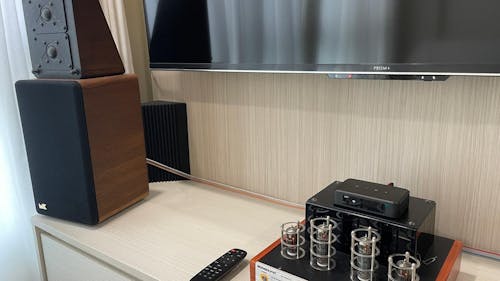


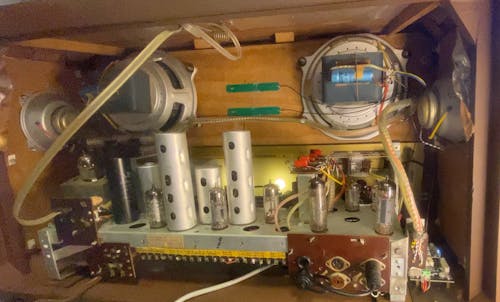
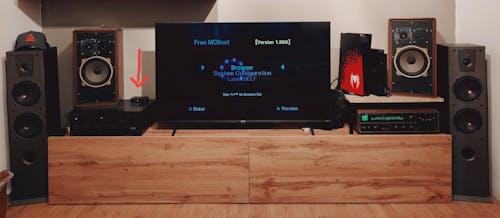
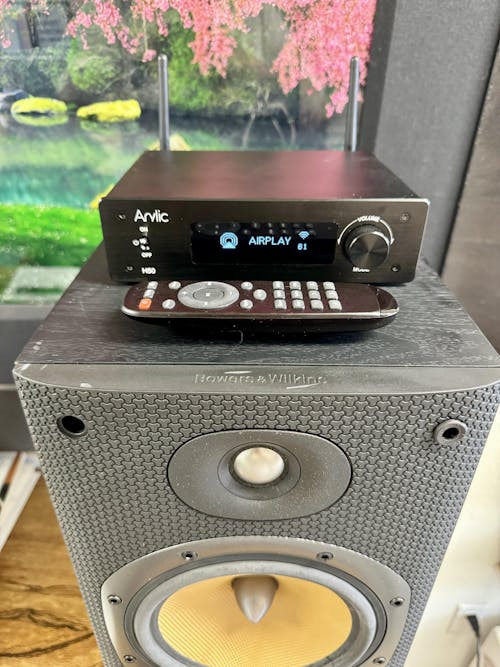

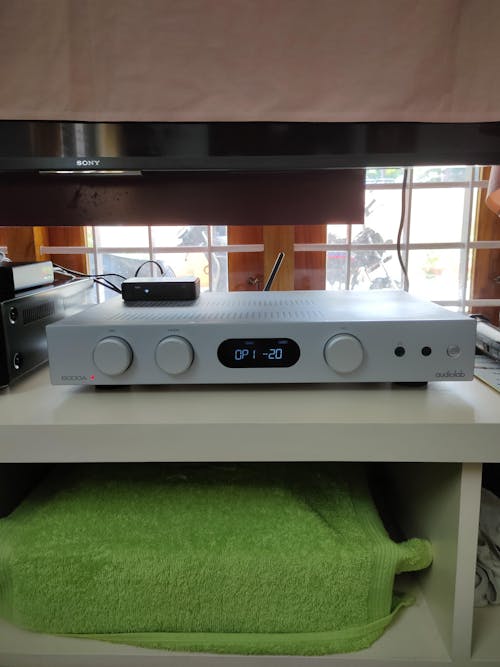
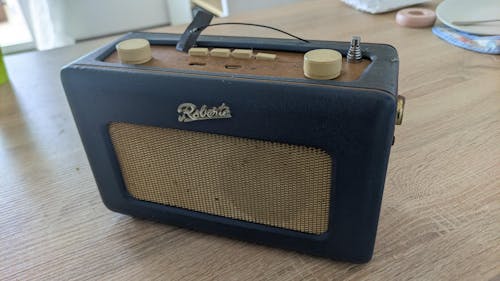
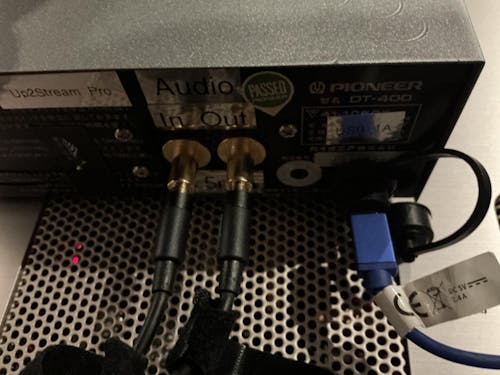
1 comment
OP RAI
Study PCM &Bitstream ,
Leave a comment
All comments are moderated before being published.
This site is protected by hCaptcha and the hCaptcha Privacy Policy and Terms of Service apply.